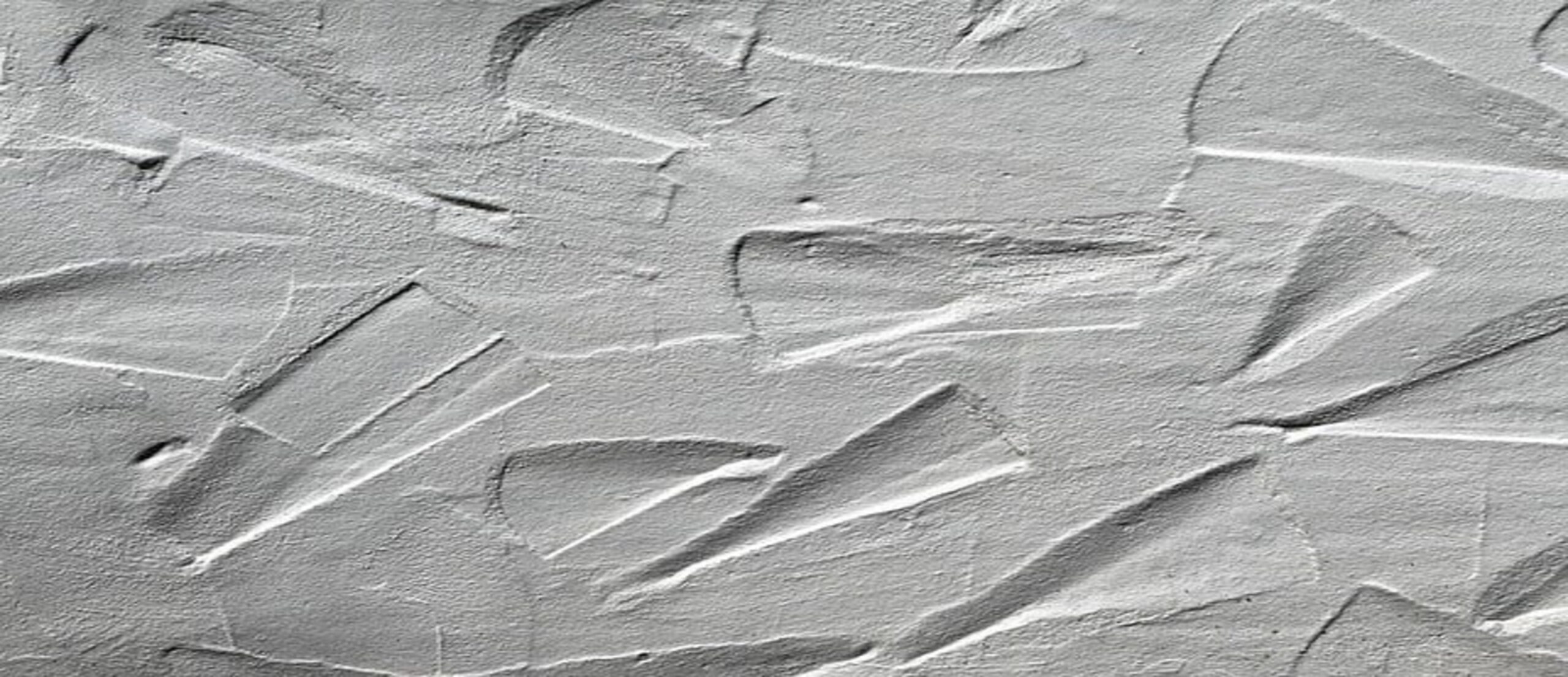Safety First: Handling Plaster of Paris in Your Projects
Plaster of Paris is an incredible material frequently used in multiple construction and Do-It-Yourself (DIY) projects. It can set and harden swiftly, making it a favorite material among craftsmen, artists, and builders. However, it’s crucial to understand that although Plaster of Paris is a valuable material in your creative and construction endeavors, it can cause health and safety risks if not used properly.
To ensure a secure and successful project, you must follow these safety guidelines, which we will mention in this post. So, whether you are an artist, builder, craftsman, or layman, this blog post could be extremely useful. By the end of this post, you will be in the best position to handle the plaster in the right way.
Understanding Plaster of Paris
Before starting the instructions for safety precautions, let’s start with understanding what it is and its common uses. Plaster of Paris is a white, powdery substance that, when mixed with water, hardens and gets into a solid form. It’s used in projects like creating molds, sculpting, casting, and even repairing walls and ceilings.
Potential Hazards
Plaster of Paris is usually safe if handled correctly, but it can also cause different hazards simultaneously. Therefore, it becomes crucial for you to take precautions while handling the plaster of Paris formula. Here are some common risks to be aware of:
- Dust Exposure: The fine particles of dust produced when mixing Plaster of Paris with water can become airborne, posing inhalation risks. So, always mix plaster in a place with very little dust.
- Skin Contact: Direct skin contact can lead to irritation, and prolonged exposure can cause dermatitis or burns. While working with the plaster of Paris formula, use gloves so they cannot come in contact with your skin.
Safety Precautions
Safety should be your top priority when working with it. Let’s have a look at some of the top preventive measures:
Personal Protective Equipment (PPE)
- Respiratory Protection: Always use a dust mask or respirator when using the Plaster of Paris to avoid inhaling fine particles through your breath.
- Eye Protection: Wear safety goggles to shield your eyes from splashes or dust. Eyes are sensitive, and you must protect them while working with plaster.
- Skin Protection: Cover exposed skin with long-sleeved clothing, gloves, and an apron to minimize skin contact.
- Ventilation: Ensure you work in a well-ventilated area or wear a dust mask with a valve for respiratory protection.
Working Environment
- Good Lighting: Proper illumination is essential to prevent accidents and ensure precise work. Never work with plaster of Paris ceiling at a place with less light. This can cause problems for you.
- Ventilation: Work in a space with good air circulation to reduce dust concentration. If dust gets in contact with the plaster, it can cause it to harden, making it ineffective for you.
Safe Practices
When handling Plaster of Paris, please follow these safe practices:
- Measuring: Always measure Plaster of Paris and water accurately based on your project’s requirements. More or less water can cause your project to remain incomplete or ineffective.
- Mixing: Slowly pour Plaster of Paris into the water while stirring gently. Avoid the reverse process, which can result in lumps.
- Applying: Apply the plaster evenly and avoid overworking. It will prevent air bubbles from being made in the plaster.
Emergency Response
In case of exposure or injury:
- Dust Inhalation: Move to an area with fresh air, rest, and drink water. If symptoms persist, seek medical attention.
- Skin Contact: Wash the affected area thoroughly with soap and water. If irritation occurs, consult a healthcare professional.
- Eye Contact: Rinse your eyes with clean water for at least 15 minutes and seek immediate medical attention.
Disposal and Cleanup
Proper disposal and cleanup are integral to a safe working environment:
- Always dispose of waste under local regulations. Never leave it unattended in an unsafe place.
- Clean your workspace promptly to remove any plaster residue.
Conclusion
Working with Plaster of Paris can be both enjoyable and rewarding. By following these safety guidelines mentioned in our blog post, you can ensure that your projects are not only successful but also safe. Prioritize safety and always use protective equipment when working with it. With these precautions in place, you can enjoy the creative and construction possibilities that Plaster of Paris offers.
If you want to buy online construction materials, Visit our website : https://store.tameereasy.com/



